When MAPPA announced they would adapt two of Jujutsu Kaisen’s most pivotal arcs into a single season, fans held their breath. Season 2 would tackle both Gojo’s Past Arc and the monumental Shibuya Incident Arc, chapters that fundamentally changed the series forever. The question remained: could the anime capture the raw intensity of Gege Akutami’s manga panels?
This in-depth comparison of Jujutsu Kaisen season 2 anime vs manga explores how each medium handles these game-changing arcs, examining where animation elevates the story and where the manga’s stark artistry might land harder emotional blows.
Arc Structure & Pacing: From Page to Screen
The Jujutsu Kaisen season 2 anime vs manga comparison begins with pacing. Season 2 covered approximately 79 chapters (Chapters 65-143), with the first 15 episodes dedicated to Gojo’s Past Arc and the remaining 18 focused on the Shibuya Incident.
MAPPA made a bold choice structurally. While the manga presents Gojo’s Past as flashbacks during the Shibuya battle, the anime frontloaded this arc completely, presenting it chronologically. This decision gave viewers a deeper emotional connection to characters like Gojo, Geto, and Toji before the chaos of Shibuya unfolded.
The manga’s pacing feels more frantic, especially during action sequences where Gege’s frenetic panels build momentum. In contrast, the anime luxuriates in certain emotional beats, particularly during:
- Gojo and Geto’s final confrontation
- Nanami’s final moments against Mahito
- Todo and Yuji’s teamwork against Hanami
The additional seconds spent on character reactions and environmental destruction create a different rhythm than the manga’s quick-hit devastation.
Visual Impact: Animation vs Panel Art
MAPPA’s animation for Season 2 represents some of their finest work, with fluid movement and impeccable timing during combat sequences. The Jujutsu Kaisen season 2 anime vs manga comparison shows distinct visual approaches:
Manga Strengths:
- Gege’s rough, sketchy linework conveys urgency and chaos
- Black-and-white contrast emphasizes emotional intensity
- Panel layouts create immediate impact with minimal transition
- Facial expressions often feel more raw and unfiltered
Anime Strengths:
- Dynamic camera movement during fights
- Color palette shifts to reflect emotional states
- Sakuga animation for pivotal moments like Domain Expansions
- Enhanced environmental destruction effects
The infamous Shibuya Station massacre scenes demonstrate these differences perfectly. The manga presents these moments in stark black and white, with jagged paneling that feels abrupt and shocking. The anime’s version adds haunting music and lingering shots that create a more cinematic horror, letting the dread build rather than shock instantly.
Emotional Impact: Sound vs Silence
Perhaps the most significant difference in the Jujutsu Kaisen season 2 anime vs manga experience comes from the additional sensory dimensions the anime provides.
When Nanami meets his fate, the manga delivers this in just a few devastating panels. The anime stretches this moment, adding Kenjirou Tsuda’s exhausted voice acting, a melancholic soundtrack, and animation that emphasizes Nanami’s final thoughts. Both approaches devastate, but through different mechanisms.
Similarly, when Nobara faces Mahito, the manga’s sudden panel shift creates immediate shock. The anime builds tension through music cues and voice performance, making the viewer dread what’s coming rather than being ambushed by it.
Character Portrayals: Adding Dimensions
The Jujutsu Kaisen season 2 anime vs manga comparison reveals subtle but meaningful differences in character portrayal:
Satoru Gojo
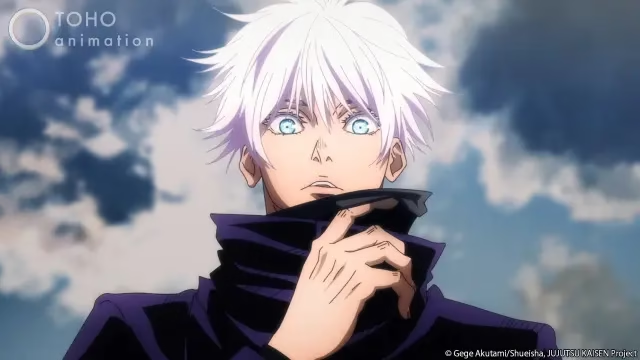
The manga presents Gojo’s past self with slightly more arrogance, where the anime softens him through Yuichi Nakamura’s voice acting, adding a touch more vulnerability beneath his confidence.
Suguru Geto
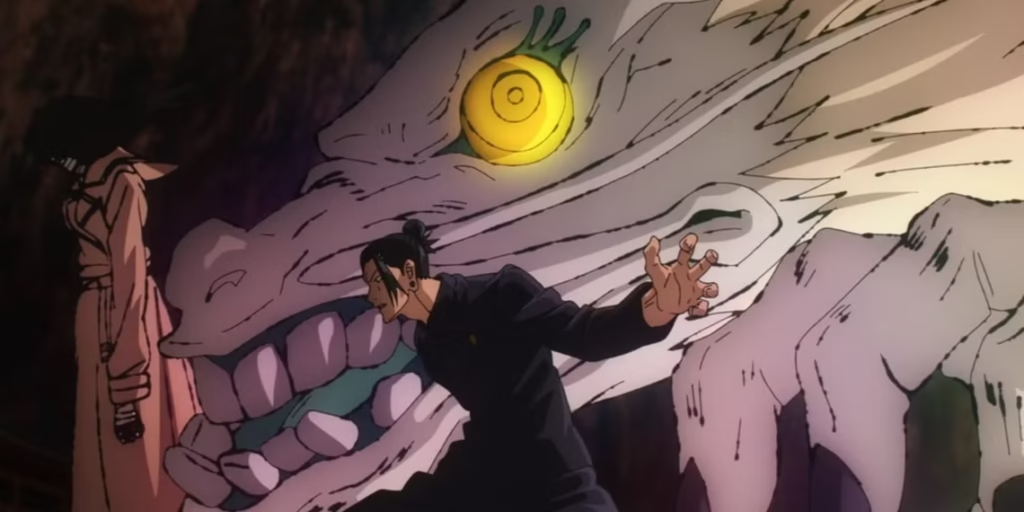
The anime benefits immensely from showing Geto’s full descent chronologically, allowing viewers to witness his ideological transformation step by step rather than piecing it together through flashbacks.
Toji Fushiguro
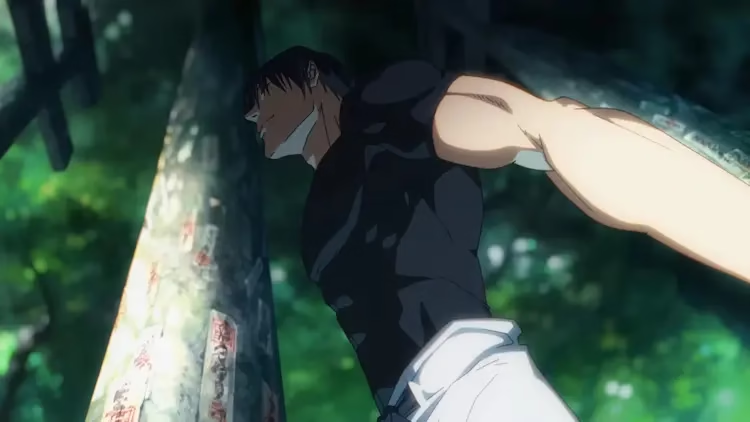
MAPPA’s animation gives Toji’s inhuman movements an unsettling fluidity that the manga suggests but can’t fully capture in static images. His combat sequences in the anime feel genuinely supernatural.
Yuji Itadori
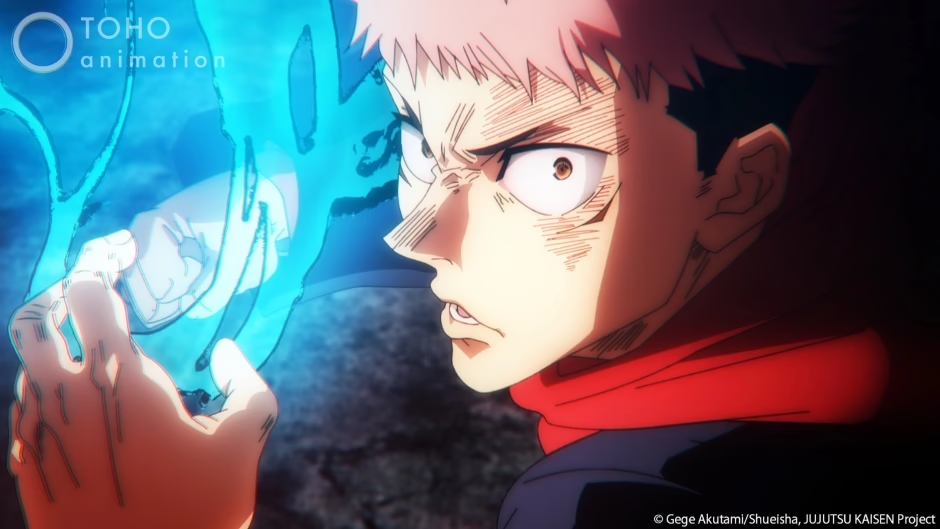
The protagonist’s emotional breakdown in Shibuya hits differently in each medium. The manga’s tight panels focus on his despair in sharp contrast, while the anime uses voice acting and music to emphasize his collapse.
Major Scene Comparisons
Gojo vs Toji
- Manga: Emphasizes speed through motion lines and fragmented panels
- Anime: Uses slow-motion effects and frame rate changes to show the difference in their abilities
Hidden Inventory Combat
- Manga: Rougher art style creates a sense of unpolished skill in the younger characters
- Anime: Cleaner animation showcases the technical brilliance of young Gojo
Sukuna’s Awakening
- Manga: The devastation is immediate, with panels showing the aftermath more than the process
- Anime: The animation lingers on the destruction, with longer sequences showing buildings crumbling
Jogo vs Sukuna
- Manga: Rapid-fire panels create an overwhelming sense of Jogo’s helplessness
- Anime: Extended animation sequence gives Jogo’s defeat more dignity and weight
Fan Reactions & Critical Reception
Both versions of Season 2’s content have received critical acclaim. The manga volumes covering these arcs consistently topped sales charts, while the anime maintains impressive ratings on platforms like MyAnimeList (8.91) and IMDB (8.8).
Fan debates about the Jujutsu Kaisen season 2 anime vs manga comparison frequently center on specific scenes:
- Many manga readers felt the anime’s chronological presentation of Gojo’s Past removed some of the emotional punch of discovering these events during Shibuya
- Anime-only viewers appreciated getting the full context before Shibuya’s chaos
- Animation quality for key fights like Gojo vs Toji and Todo/Yuji vs Hanami received universal praise
- Some manga fans felt certain panels’ impact was diluted when adapted to motion
Verdict: Which Version Hits Harder?
The Jujutsu Kaisen season 2 anime vs manga comparison ultimately reveals two masterful but different experiences. The manga excels in delivering immediate emotional gut punches through Gege’s distinctive art style and panel composition. Its pacing creates whiplash-inducing turns that leave readers reeling.
The anime transforms these moments into extended emotional experiences, using music, voice acting, and fluid animation to create different but equally powerful scenes. The chronological restructuring of Gojo’s Past Arc fundamentally changes how viewers process the events of Shibuya.
Ultimately, both versions complement each other. The manga provides the raw, unfiltered vision of Gege Akutami, while MAPPA’s adaptation gives these moments new dimensions through sound and motion.
For the complete Jujutsu Kaisen experience, both versions are essential. The manga provides the creator’s pure vision, while the anime transforms these moments into a different but equally valid emotional journey.
FAQs
-
Is the Jujutsu Kaisen Season 2 anime faithful to the manga?
Yes, Season 2 remains largely faithful to the source material in terms of events and character development. The most significant change is the chronological presentation of Gojo’s Past Arc, which appears as flashbacks in the manga but is shown in full before the Shibuya Incident in the anime.
-
Which is better: Jujutsu Kaisen anime or manga?
Neither is objectively “better” – each offers unique strengths. The manga provides Gege Akutami’s unfiltered vision with impactful panel composition and a distinctive art style. The anime enhances key moments with animation, voice acting, and music. Most fans recommend experiencing both for the complete Jujutsu Kaisen story.
-
What’s different in JJK Season 2 anime vs manga?
The primary differences include the chronological restructuring of Gojo’s Past Arc, extended fight sequences in the anime, and the additional emotional dimension provided by voice acting and music. The anime also occasionally extends certain emotional moments for greater impact.
-
Does the anime cut anything from the manga?
Season 2 maintains high fidelity to the manga’s content with minimal cuts. Some brief transitional moments and minor dialogue exchanges are streamlined, but no significant plot points or character development are omitted. If anything, the anime occasionally extends scenes rather than cutting them.
-
Should I read the manga after watching Season 2?
Absolutely. Even with MAPPA’s excellent adaptation, the manga offers Gege Akutami’s distinctive art style and panel composition that creates a different emotional experience. The manga also continues far beyond where Season 2 ends, taking the story into even more intense territory with the Culling Game Arc and beyond.
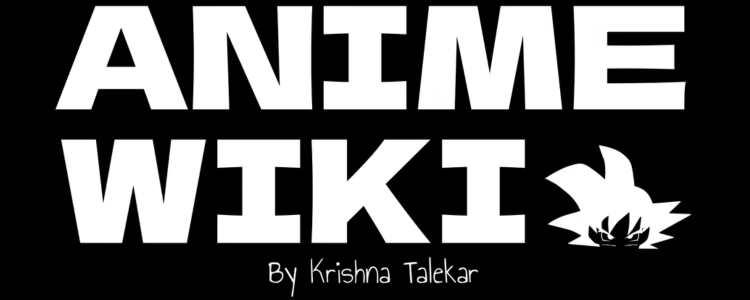
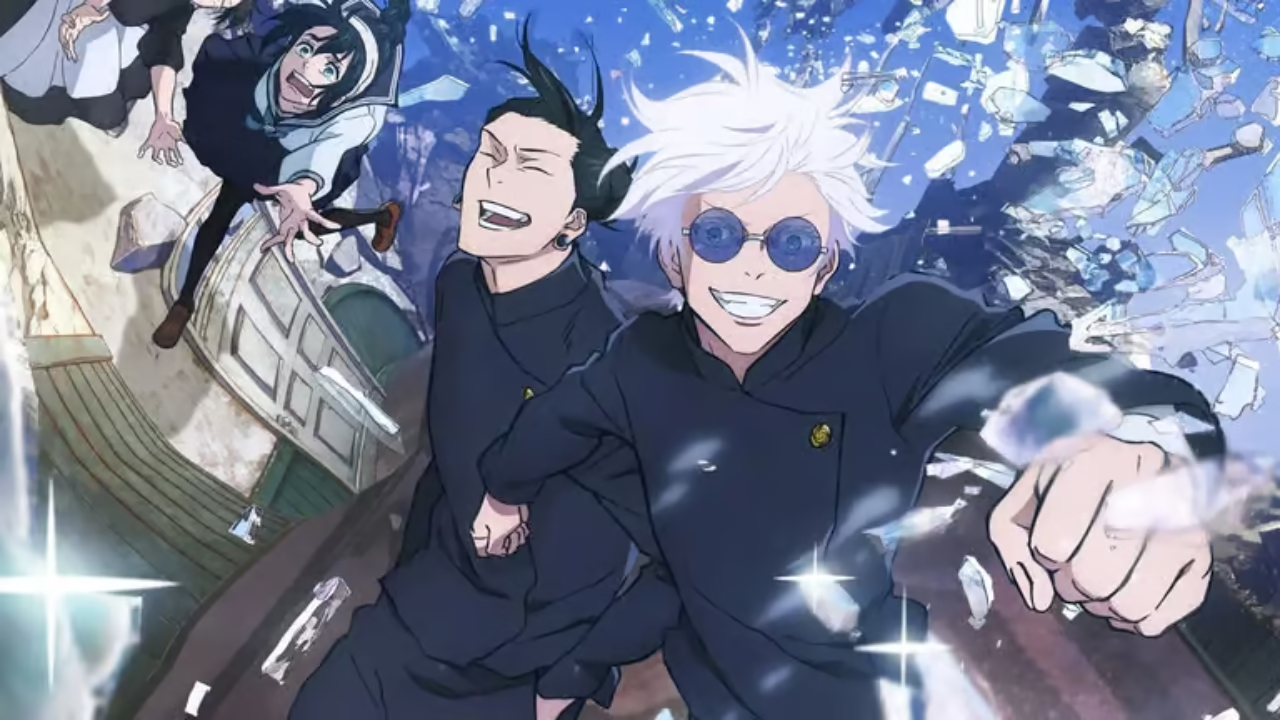
Leave a Reply